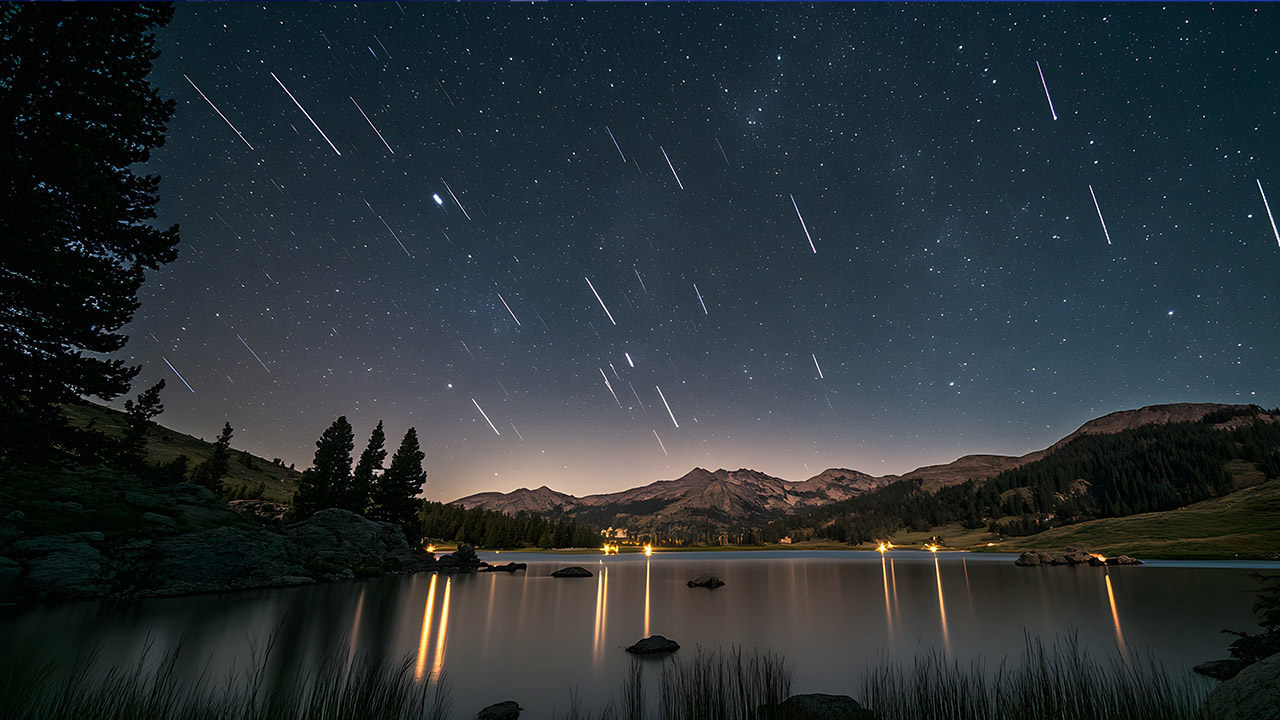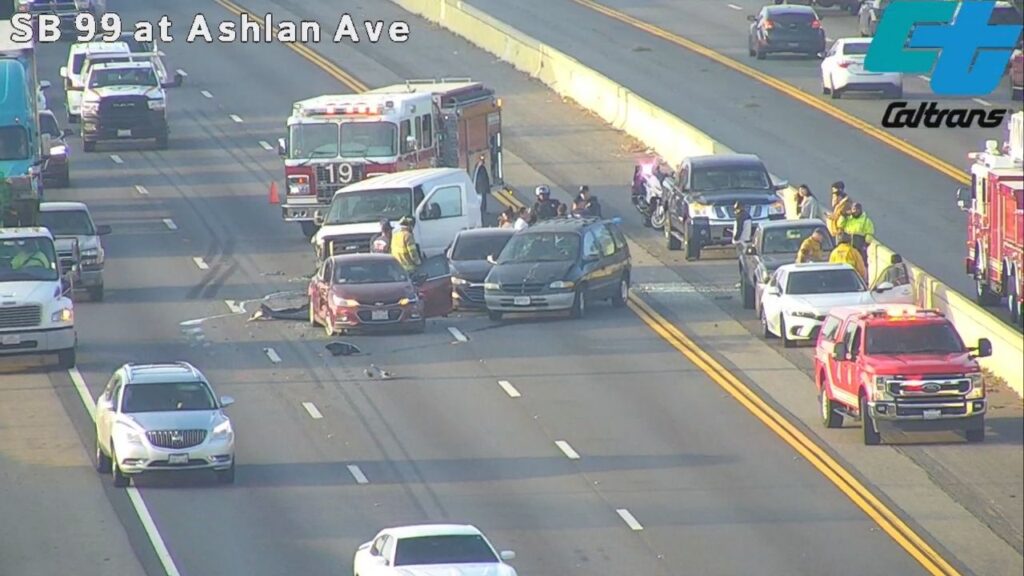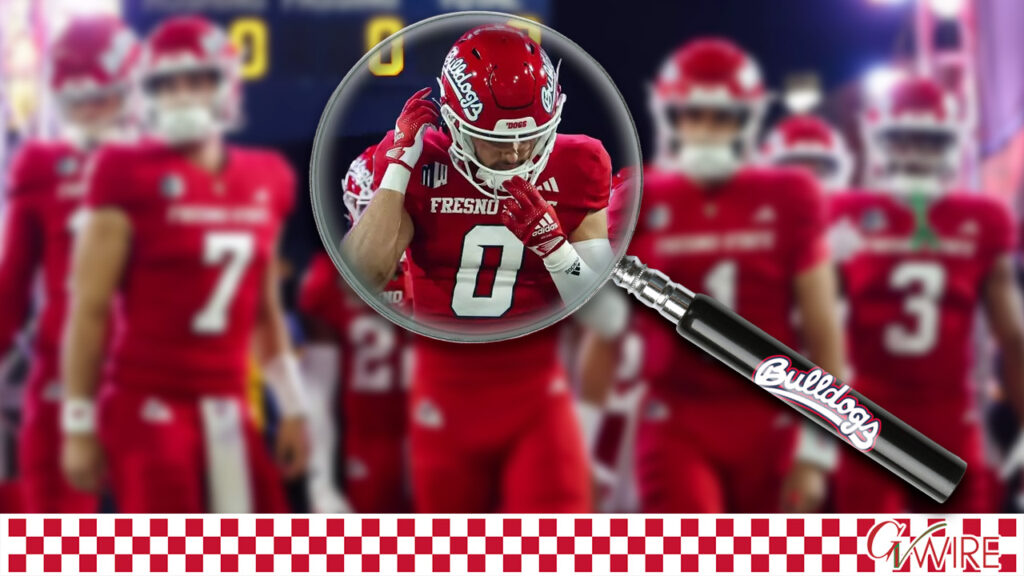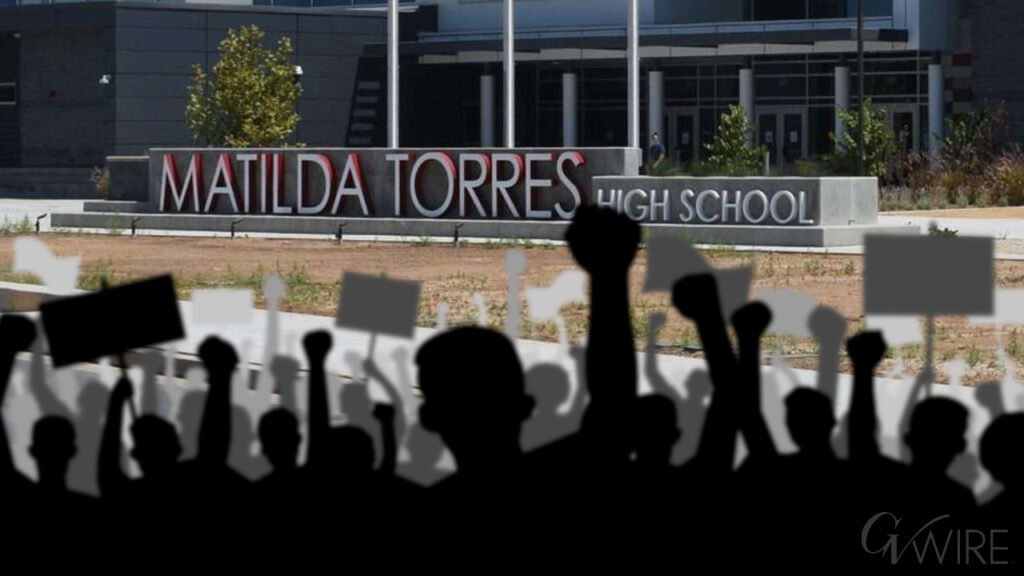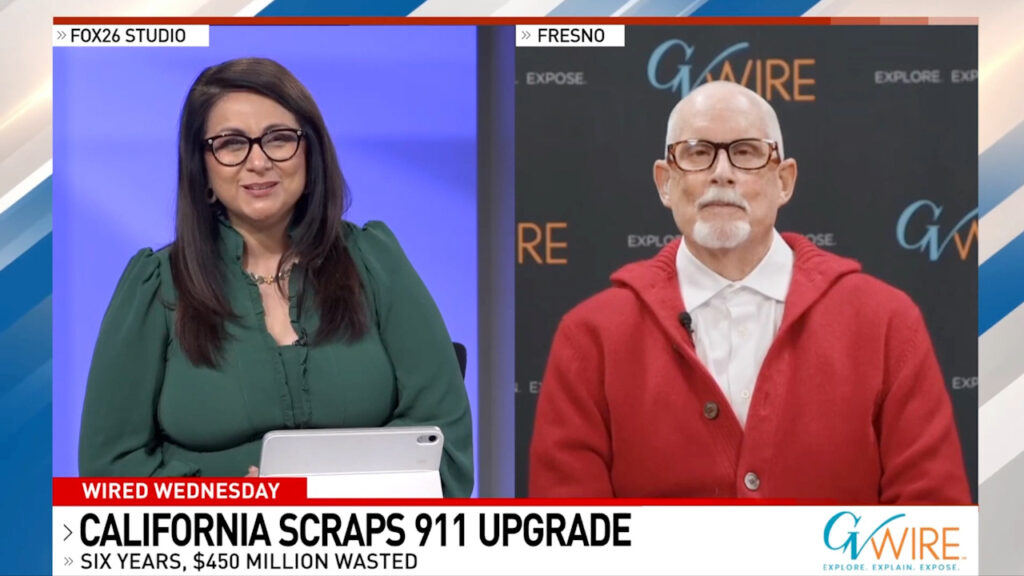
- Meteor showers are streaking through the sky and visible in the U.S. through Aug. 13.
- "You just need your eyes and, ideally, a dark sky,” says Michelle Nichols of Chicago's Adler Planetarium.
- Planetariums, local astronomy clubs, and maps can help you figure out where to get away from excessive light.
Share
|
Getting your Trinity Audio player ready...
|
Our universe might be chock-full of cosmic wonder, but you can observe only a fraction of astronomical phenomena with your naked eye. Meteor showers, natural fireworks that streak brightly across the night sky, are one of them.
The latest observable meteor showers travel in tandem.
One, the Southern Delta Aquarids, has been active since July 18. The other, the Alpha Capricornids, got going on July 12. Both will reach their peak on Tuesday night into Wednesday morning (July 29-30). Each shower peters out around Aug. 12.
The Southern Delta Aquarids, best seen in the Southern Hemisphere in the constellation Aquarius, while the Alpha Capricornids are visible from both hemispheres in Capricorn.
With the moon around 27% full, viewing opportunities could be favorable. But the Southern Delta Aquarids, sometimes spelled Aquariids, tend to be faint, and the Alpha Capricornids rarely create more than five meteors an hour.
A third meteor shower, the Perseids, is also active. It is arguably the best sky show of the summer but doesn’t achieve peak activity until Aug. 12-13.
To get a hint at when to watch, you can use a meter that relies on data from the Global Meteor Network showing when real-time fireball activity levels increase in the coming days.
Where Meteor Showers Come From
There is a chance you might see a meteor on any given night, but you are most likely to catch one during a shower. Meteor showers are caused by Earth passing through the rubble trailing a comet or asteroid as it swings around the sun. This debris, which can be as small as a grain of sand, leaves behind a glowing stream of light as it burns up in Earth’s atmosphere.
Meteor showers occur around the same time every year and can last for days or weeks. But there is only a small window when each shower is at its peak, which happens when Earth reaches the densest part of the cosmic debris. The peak is the best time to look for a shower. From our point of view on Earth, the meteors will appear to come from the same point in the sky.
The Perseid meteor shower, for example, peaks in mid-August from the constellation Perseus. The Geminids, which occur every December, radiate from the constellation Gemini.
How to Watch a Meteor Shower
Michelle Nichols, the director of public observing at the Adler Planetarium in Chicago, recommends forgoing the use of telescopes or binoculars while watching a meteor shower.
“You just need your eyes and, ideally, a dark sky,” she said.
That’s because meteors can shoot across large swaths of the sky, so observing equipment can limit your field of view.
Some showers are strong enough to produce up to 100 streaks an hour, according to the American Meteor Society, though you likely won’t see that many.
“Almost everybody is under a light polluted sky,” Nichols said. “You may think you’re under a dark sky, but in reality, even in a small town, you can have bright lights nearby.”
Planetariums, local astronomy clubs or maps can help you figure out where to get away from excessive light. The best conditions for catching a meteor shower are a clear sky with no moon or cloud cover, at sometime between midnight and sunrise. (Moonlight affects visibility in the same way as light pollution, washing out fainter sources of light in the sky.) Make sure to give your eyes at least 30 minutes to adjust to seeing in the dark.
Nichols also recommends wearing layers, even during the summer. “You’re going to be sitting there for quite a while, watching,” she said. “It’s going to get chilly, even in August.”
Bring a cup of cocoa or tea for even more warmth. Then lie back, scan the sky and enjoy the show.
This article originally appeared in The New York Times.
By Katrina Miller/
c.2025 The New York Times Company


